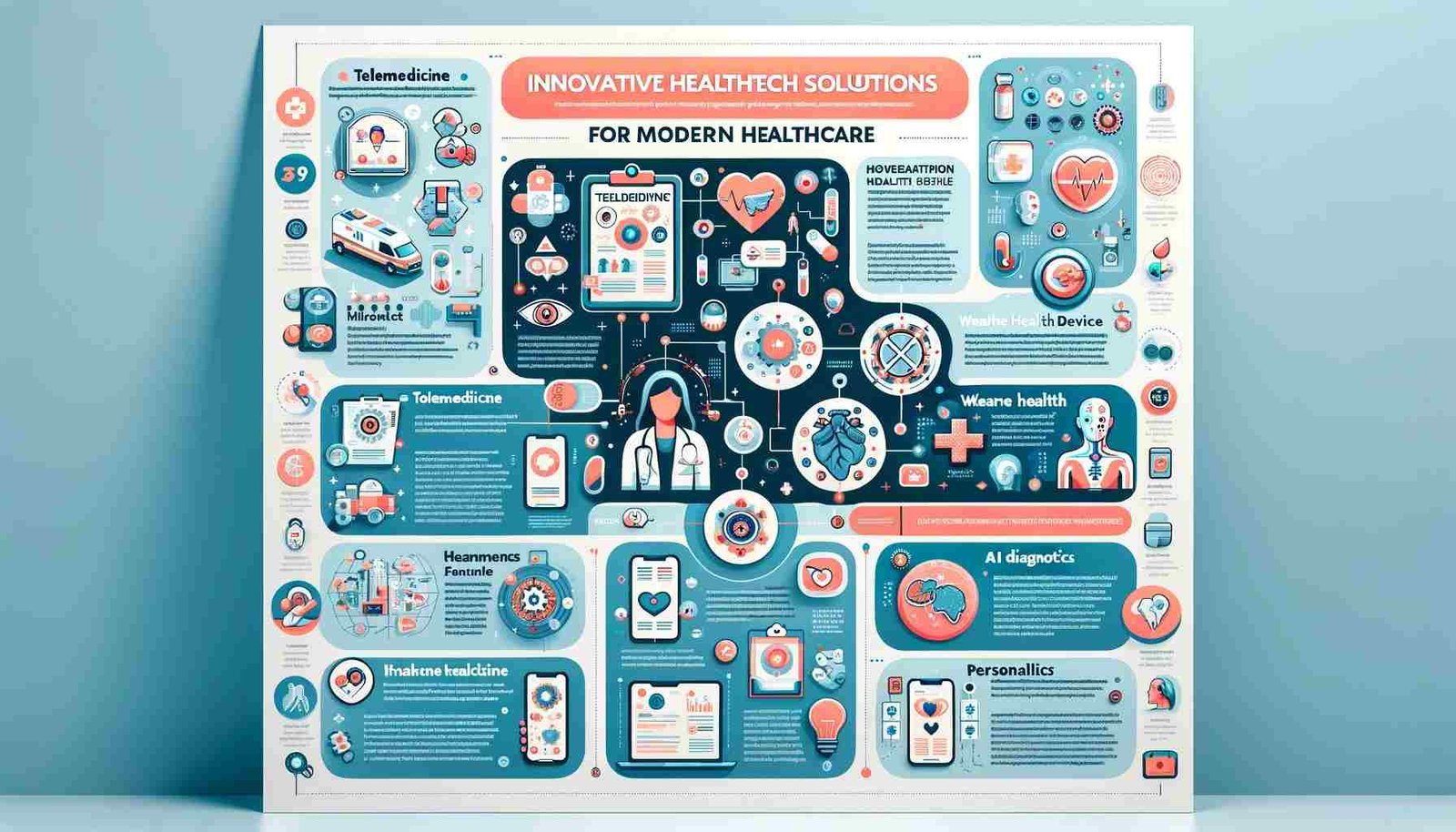The recent EzriCare controversy has underscored the importance of vigilance in healthcare. The outbreak of eye infections caused by contaminated eye drops has led to complications.
In this area, telemedicine has emerged as a crucial tool. It enables patients to receive timely medical attention through a virtual consultation.
In this article, we will explore telemedicine’s role in addressing eye infections, particularly following the EzriCare incident.
EzriCare Lawsuits: Legal Fallout
According to TorHoerman Law, the EzriCare controversy has sparked a wave of legal action. Affected individuals have filed lawsuits against the manufacturers due to the damages caused by contaminated eye drops.
EzriCare Artificial Tears, meant to provide relief, triggered severe eye infections, becoming the core of legal disputes. According to the CDC, the contamination was attributed to Carbapenem-resistant Pseudomonas aeruginosa. It is a drug-resistant bacteria that was found in bottles of EzriCare.
As the EzriCare lawsuit unfolds, it is highlighting issues like the violation of manufacturing regulations and inadequate microbial testing. These legal proceedings are motivated by the immediate necessity for patients to obtain compensation for medical costs and suffering.
The Rise of Telemedicine
Telemedicine, the remote provision of healthcare services via technology, has gained significant traction in recent years. As per a study from Precedence Market Research, the worldwide telemedicine market was assessed at $60.8 billion in 2022. Projections indicate a growth of $225 billion by 2030.
Its potential to address various medical concerns, including eye infections, has been highlighted by the EzriCare controversy. Telemedicine’s accessibility has made it an appealing option for patients seeking medical guidance without the constraints of physical appointments.
Remote Eye Infection Diagnosis
Telemedicine allows patients to consult healthcare professionals remotely, presenting images and describing symptoms. In the case of eye infections, patients can share images or video footage of their affected eyes.
This can assist doctors in determining the severity of the problem and recommending suitable therapy. This kind of remote diagnostics not only saves time but also removes the need for patients to travel.
Advancements in Telemedicine Technologies
According to a document by MedCrave, telemedicine makes use of information and communication technology (ICT) to offer healthcare services remotely. This eliminates geographical restrictions. Telemedicine can be efficiently expanded with the use of advanced video technology.
Technological advancements, such as high-resolution cameras, enhance the accuracy of telemedicine. Specialized tools for eye imaging can provide healthcare professionals with detailed insights when making a remote eye infection diagnosis.
Key Takeaways
In the wake of the EzriCare Artificial Tears controversy, the healthcare sector stands at a crossroads of accountability and innovation. The legal aftermath underscores the urgency for improved standards for manufacturing and testing.
Telemedicine’s rise as a remote diagnostic tool is propelled by technological accessibility. It is offering a solution to the challenges highlighted by the incident.
With remote eye infection diagnosis aided by technological innovations, telemedicine bridges gaps in healthcare delivery. As the landscape evolves, the union of patient safety, technological advancements, and regulatory vigilance will shape a patient-centric future.

















Leave a Reply